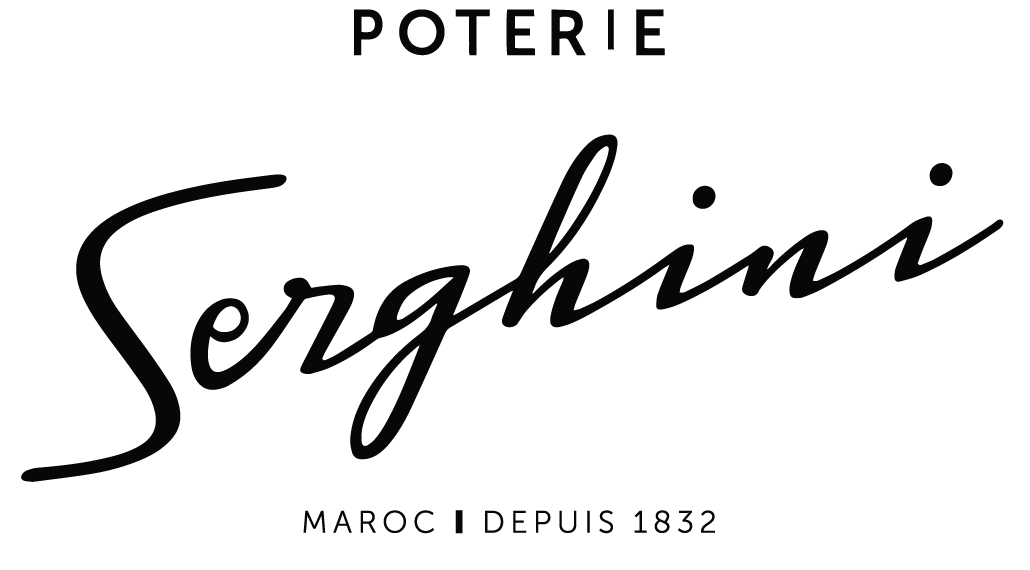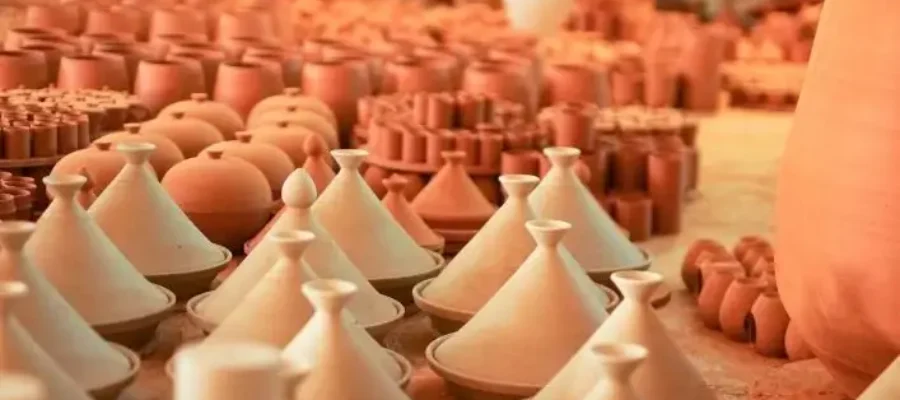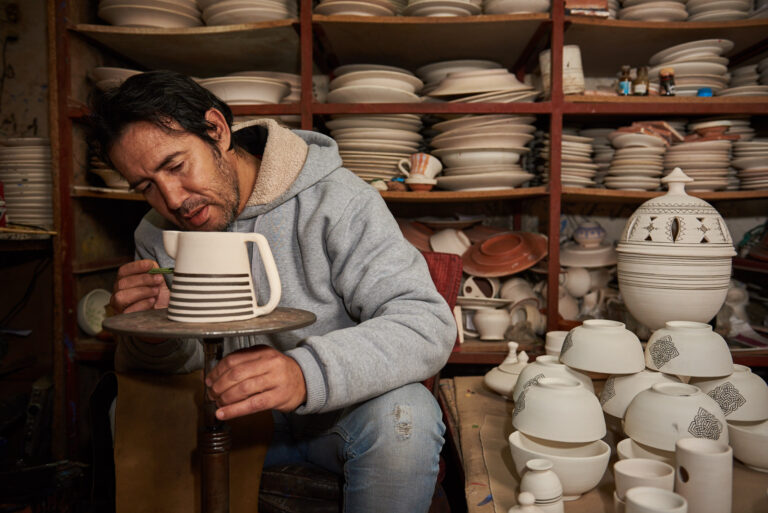Moroccan pottery, rich in colors and patterns, is more than just a craft; it’s a reflection of heritage, embodying the history and geography of Morocco. Known for its cultural diversity and varied landscape, the country offers an ideal setting to explore the significant role that history and geography play in the art of pottery.
Historical Development of Moroccan Pottery
Historically, Moroccan pottery dates back millennia, influenced by Berber, Arab, and Andalusian cultures. The Moroccan land, steeped in history, has seen the evolution of this art since ancient times. The earliest Berber pottery, simple but functional, speaks to the daily use of this art. Over the centuries, with invasions and cultural exchanges, notably those brought by the Phoenicians, Romans, and Arabs, Moroccan pottery gradually incorporated new techniques and aesthetics.
Each era left its distinct mark. The Arab influence, in particular, was pivotal. With the introduction of glazed ceramics by the Arabs, Moroccan pottery underwent a true revival. This innovation introduced a wealth of vibrant colors and complex designs, marking a striking contrast to the more sober and utilitarian styles of the past. Islamic motifs, with their geometric and floral shapes, were integrated, enriching the visual diversity of the pottery.
In the medieval period, Moroccan pottery experienced significant growth, becoming a central element in architecture and daily life. Zellige tiles, famous for their beauty and complexity, are a prime example. These tiles, assembled into mosaics, adorn many historic Moroccan buildings, testifying to the skill and precision of the artisans of the time.
The Andalusian influence, following the exodus of the Moors from Spain, also played a significant role in the evolution of Moroccan pottery. The refined techniques and decorative styles of Andalusia, combined with local traditions, gave rise to pieces of remarkable finesse and elegance. This period saw the emergence of pottery with more elaborate forms and delicately inlaid patterns, often inspired by nature and cultural symbols.
Over the centuries, Moroccan pottery has continued to evolve, incorporating influences from various civilizations while maintaining its unique identity. Today, it represents a harmonious blend of history, art, and culture, reflecting the spirit and soul of Morocco through its colors, shapes, and patterns.
Influence of Geography on Materials and Designs
Morocco, with its mountains, plains, and coasts, provides an abundance of natural resources that directly influence the materials used in pottery. This geographical diversity translates into a remarkable variety in texture, quality, and aesthetics of pottery. For example, the clay used in Fez is renowned for its fineness and moisture-retaining capacity, ideal for intricately worked and detailed pieces, while that of Safi, richer in limestone and iron oxide, offers distinct robustness and metallic sheen, favoring bold polychrome techniques and glossy finishes.
In Safi, hometown of Poterie Serghini, the primary raw material is clay, abundant in the region and combined with water, chemicals, and broom wood. This specific composition gives Safi pottery a unique character, recognizable by its metallic sheen and deep hues. Local potters, influenced by the richness of their environment, have developed innovative working methods, using polychrome techniques to create complex and captivating designs.
In Marrakech, pottery reflects the richness of the region’s Islamic architecture and art. Influenced by the splendor of palaces and gardens, Marrakech potters tend to incorporate complex floral motifs and geometries inspired by Islamic art in their works. The dry and arid climate of Marrakech also influences the quality of the clay and drying techniques, allowing for the creation of pottery that is both durable and aesthetically in tune with the city’s natural and architectural environment.
The diversity of clay across Morocco, from Fez to Safi and through Marrakech, influences not only the shaping and firing techniques but also the aesthetic choices of the artisans. This is reflected in the color palettes, ranging from the earthy and subtle tones of some regions to the bright and bold colors of others, as well as in the decorative patterns, where each region imprints its cultural and geographical mark. This richness and variety make Moroccan pottery a fascinating mirror of the country’s geography and culture.




